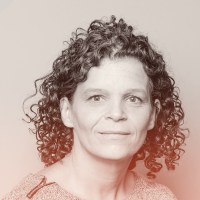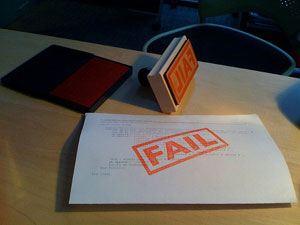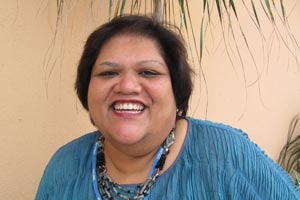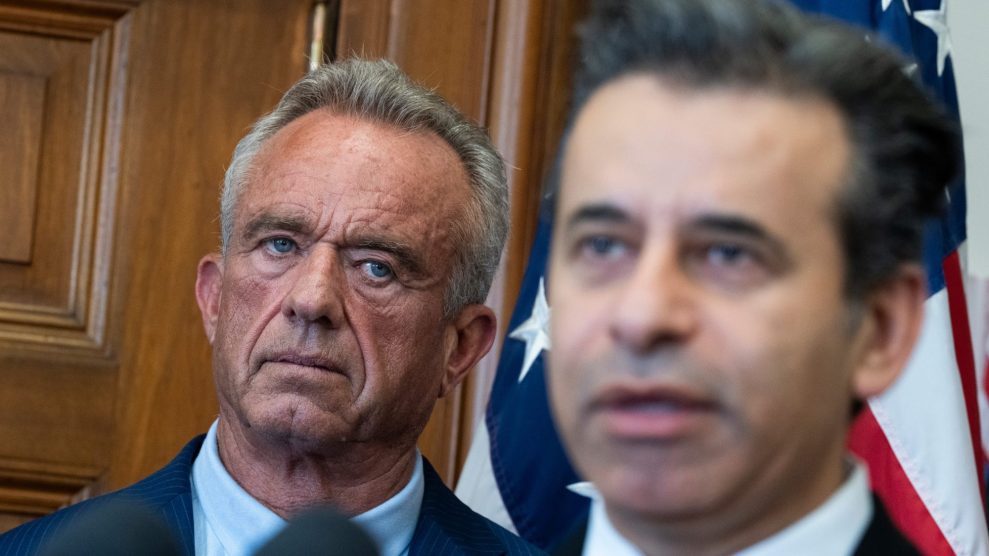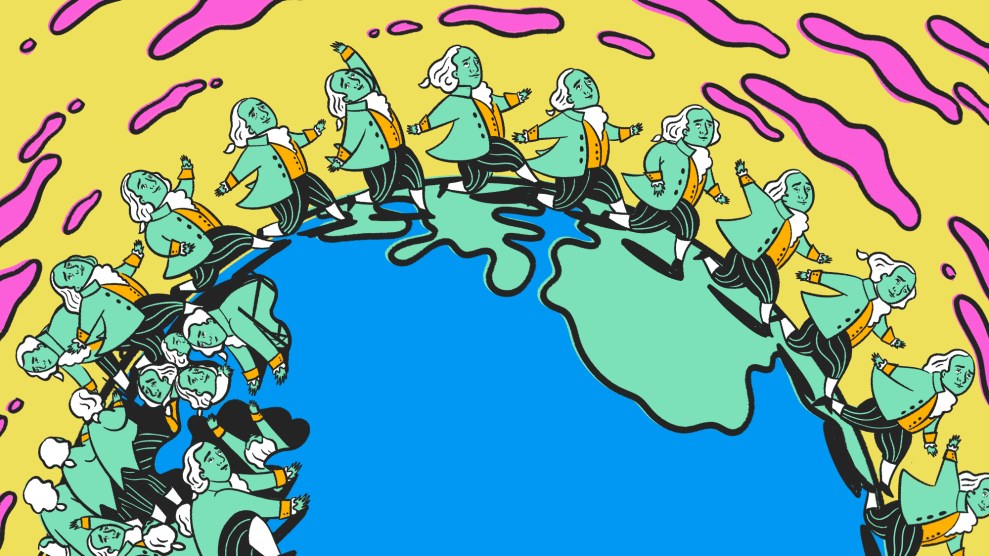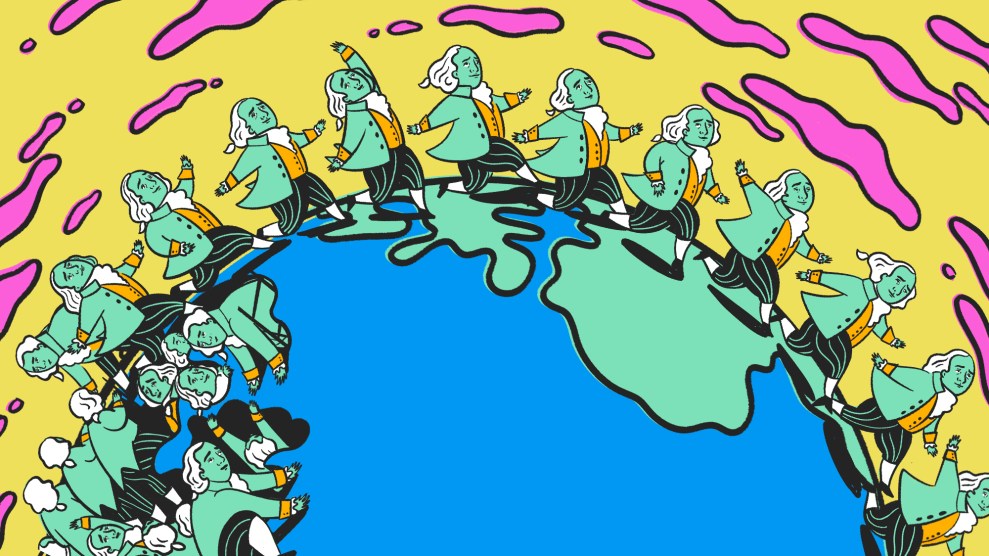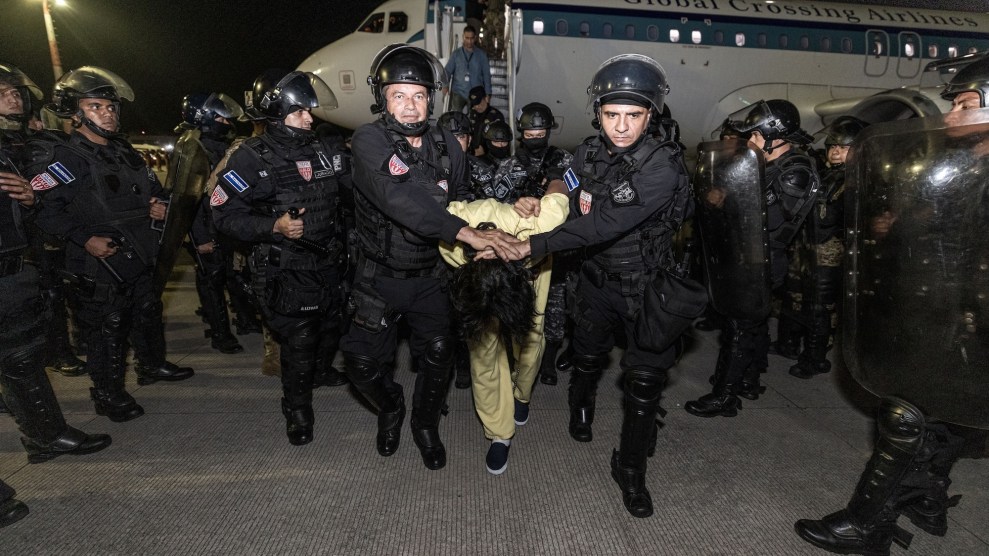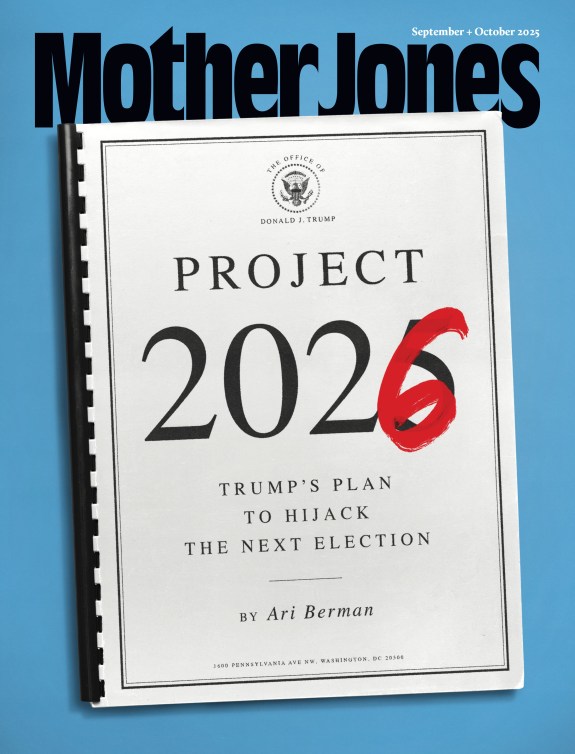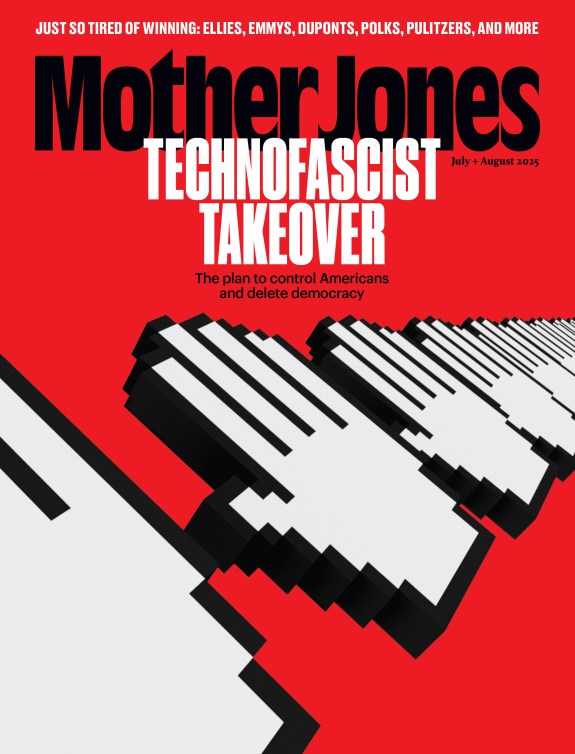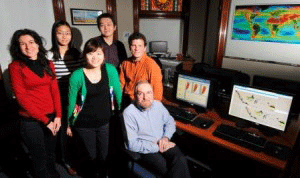
Photo credit: <a href="http://news.clarku.edu/news/2010/12/01/clark-labs-to-unveil-forest-saving-tools-at-cop16-event-in-cancun/idrisi-cop16-cmp-2/">Clark University</a>
The international climate change summit in Cancún wraps up tomorrow, and envoys are jostling over draft agreements into the eleventh hour. Cancún has been almost as disappointing as Copenhagen, but this week I came across a number of citizen-organized solutions that offer a glimmer of hope. They aren’t silver bullets. Still, definitely worth noting.
- Climate Progress for the People, by the People: While the debate over transparency has tied up negotiations (see MoJo correspondent Kate Sheppard’s reports for more), the World Resources Institute has partnered with research institutions around the world to create the Open Climate Network, which pools brain power from Tsinghua University, Sciences Po, and TERI—to name a few—to churn out peer-reviewed assessments of national climate progress, all accessible to the public. WRI will publish the first report in late 2011.
- Google Earth for Climate Nerds: Google Labs‘ latest product, Earth Engine, is a treasure trove of planetary satellite images going back 25 years. Translation: Anyone who is curious or nerdy enough can now look up how the Earth’s surface has changed over time. (For example, you can see the Congo’s forest cover loss over the last decade.) In the realm of climate finance, these images can help track progress on reforestation projects—making transparency look like yesterday’s conundrum. The best part? It’s online and free.
- Maps That Crunch Numbers: A team of Clark University geographers has put together two digital map tools that will help analyze REDD (Reducing Emissions from Deforestation and Forest Degradation) projects, which aim to tackle deforestation while drawing foreign investment and generating economic gains. The first tool can estimate greenhouse gas emissions resulting from disappearing forests; the second tool helps calculate how much bang you are getting for each REDD buck. Both will make saving trees easier.
